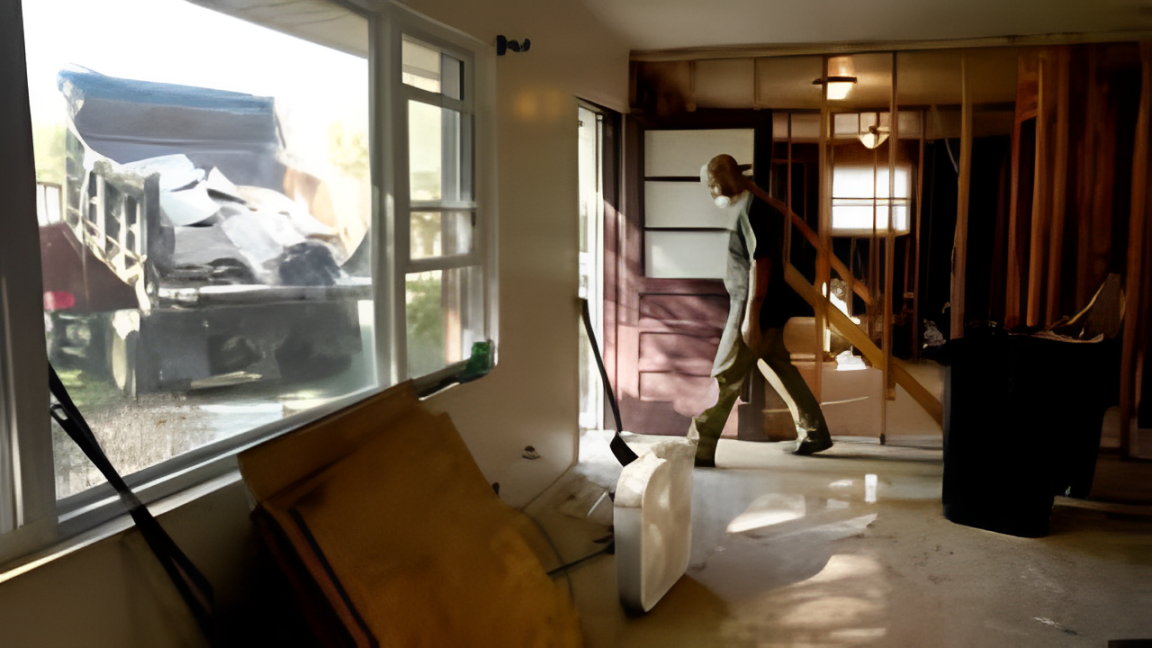Race Day Live Federal disaster aid is a crucial part of emergency response in the U.S., with about 94% of Americans living in a county that has received help from the Federal Emergency Management Agency (FEMA) since 2011.
However, recent political debates have put disaster relief funding in the spotlight, especially after major disasters like hurricanes and wildfires.
Some conservative groups and political leaders have suggested shifting responsibility to individual states, reducing the federal government’s role in disaster response. Experts say this could be a problem.
Most states lack the financial resources and expertise to manage large-scale disasters on their own. Craig Fugate, a former FEMA director and emergency manager, says even well-prepared states like Florida depend on federal aid.
Without FEMA, state and local governments might struggle to rebuild after major events. Susan Cutter, director of the Hazards Vulnerability & Resilience Institute at the University of South Carolina, agrees. She says states simply cannot handle large disasters without federal help.
While all states receive FEMA aid, Republican-leaning states tend to get slightly more money per person than Democratic-leaning states.
A study by New York University’s Rebuild By Design analyzed 795 federally declared disasters since 2011 and found that almost every state and county has received aid.
The study highlights that disasters affect both red and blue states, but funding differences still exist.
Since 2011, FEMA has spent over $68.2 billion on disaster relief for governments, excluding the pandemic and oil spills.
Individual assistance programs have provided billions more. Data shows that states with Republican governors or two Republican senators receive more aid per person than states led by Democrats.
Republican-led states have averaged $222 per person in FEMA aid across 475 federally declared disasters.
In contrast, Democratic-led states receive about $193 per person across 320 disasters. Swing states that have voted for both parties in different elections receive significantly less aid per capita.
Overall, states that supported Donald Trump in 2024 received 15% less FEMA funding per person compared to states that backed Kamala Harris.
However, this number is skewed by six key swing states—Nevada, Arizona, Pennsylvania, Wisconsin, Michigan, and Georgia—which get less aid per capita than their share of disasters would suggest.
Red states, which make up about 42.7% of the U.S. population, have experienced 56.6% of federally declared disasters and receive about half of FEMA’s total aid.
Meanwhile, blue states, which represent 42.2% of the population, experience 35.8% of disasters but receive 47.5% of the aid.
Many of the states that frequently receive FEMA aid tend to lean Republican. Among the top 15 states in total FEMA funds, per capita spending, and number of federal disaster declarations, two-thirds are Republican-led.
This includes states like Florida, Louisiana, Alaska, Tennessee, Oklahoma, and Mississippi. Certain congressional districts also receive more disaster aid.
Twelve districts have had at least a dozen federally declared disasters since 2011, and most of them are represented by Republicans. These districts are in Kentucky, Louisiana, New Hampshire, Oklahoma, Texas, Vermont, and West Virginia.
Experts argue that the federal disaster declaration process has become less political over time. When a disaster occurs, states must formally request federal assistance, which the president then approves.
Typically, the federal government covers 75% of disaster-related costs, while state and local governments contribute the remaining 25%.
However, in severe disasters, the federal government may reduce the state’s share to 10% or even cover nearly all expenses, especially if Congress intervenes.
Read More:
- SCAM WARNING: 2 Dangerous Impersonator Plots Now Targeting Michigan Residents!
- Michigan Introduces $10M Fund to Help Employers Build Affordable Housing!
Disaster recovery is expensive, and states often struggle to pay their share of the costs. FEMA can provide initial funding quickly, sometimes within 30 days, to help states manage expenses.
The agency also has specialized resources that states lack. For example, California’s wildfire cleanups require handling toxic debris, a task FEMA can assign to the U.S. Army Corps of Engineers, which has experience with large-scale disaster recovery efforts.
Another concern is fraud and waste in disaster aid programs. Federal oversight and procurement laws help prevent misuse of funds.
If states take full responsibility for disaster relief, experts worry they may struggle to maintain the same level of financial oversight.
In the past, FEMA aid has been essential in helping states recover from disasters. Craig Fugate recalls when Hurricane Charley hit Florida in 2004, FEMA played a crucial role in rebuilding schools, fire stations, and other public infrastructure.
Without federal support, state and local governments might have faced long-term financial struggles.
While political debates continue, experts agree that FEMA plays a vital role in disaster response and recovery.
Shifting responsibility to states could create financial and logistical challenges, especially in areas prone to frequent natural disasters. For now, federal disaster aid remains an essential safety net for communities across the country.
Disclaimer- Our team has thoroughly fact-checked this article to ensure its accuracy and maintain its credibility. We are committed to providing honest and reliable content for our readers.

